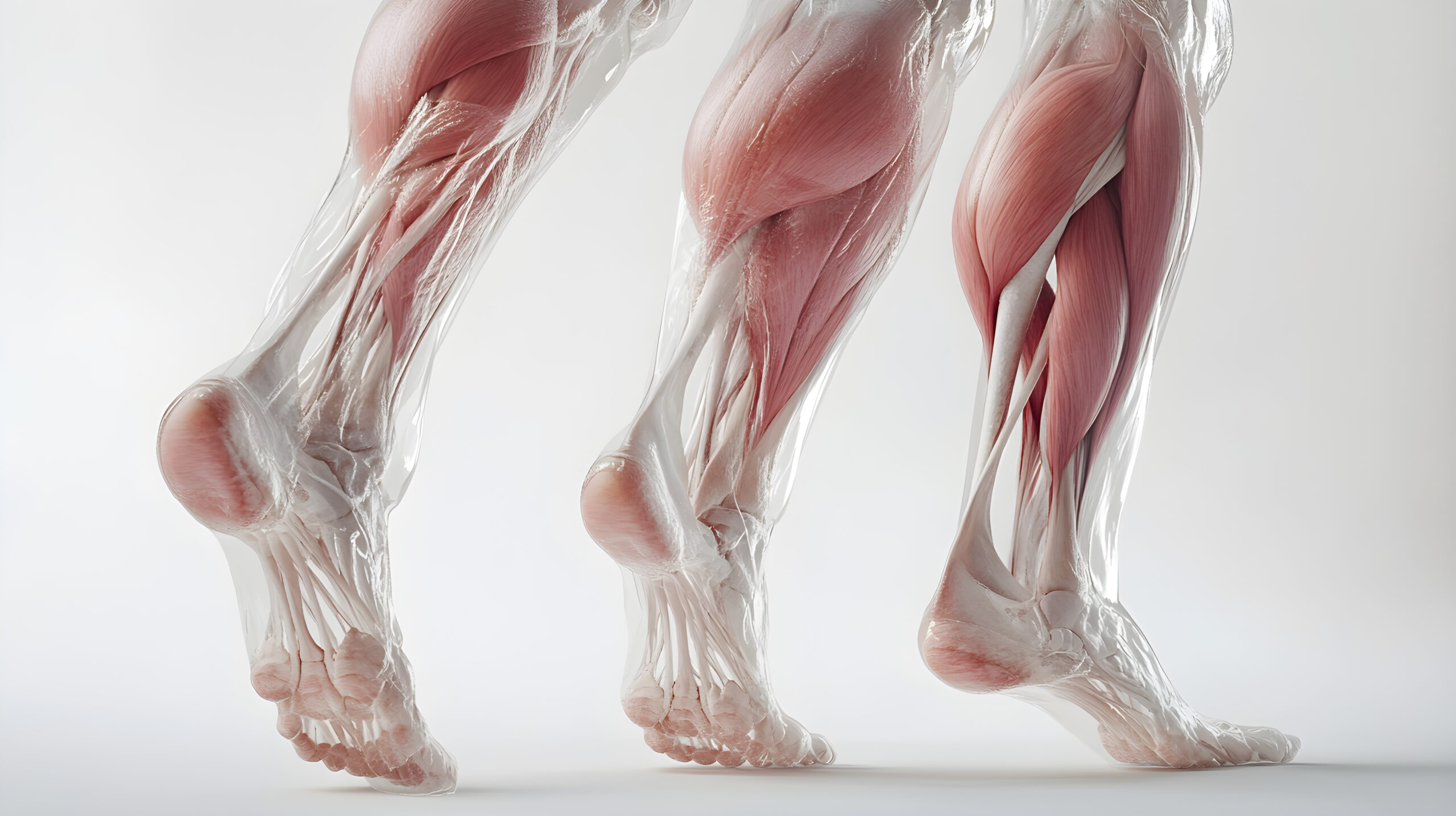Lengthened partial repetitions—reps performed in the stretched position of an exercise and often taken beyond momentary failure—have gained considerable attention in the fitness community over the past few years. Promoted as a strategy to enhance muscle growth, these techniques are frequently highlighted in social media posts and hypertrophy discussions.
A newly released preprint study provides fresh data comparing the effects of lengthened partials (LP) and full range of motion (ROM) training with added partials on muscle hypertrophy in resistance-trained individuals. This article reviews the study’s methods, findings, and implications for program design.
Background: Prior findings on lengthened partials
Previous research by the same group of investigators examined the effects of lengthened partial supersets (LPSS)—repetitions performed in the stretched position beyond failure—on muscle growth in untrained individuals. In that study, participants in the LPSS condition experienced an average increase of 0.19 cm in medial gastrocnemius thickness, compared to 0.14 cm in the full ROM condition.²
Although the absolute difference in growth was only 0.05 cm, the result was heavily amplified online, with claims of “43% more muscle growth” in the LP group. While technically accurate in relative terms, this reporting was misleading given the small magnitude of change. The observed difference is unlikely to be practically meaningful and warrants further investigation in trained individuals.
The new study: Research in trained lifters
The most recent study by Larsen et al.¹ sought to address this gap by examining the effects of lengthened partials in a more experienced population. The study included 23 resistance-trained individuals, defined as participants who had performed at least two resistance training sessions per week for the previous three years.
Researchers employed a within-subjects design, where each participant trained both legs separately under different conditions:
-
One leg performed Smith machine calf raises with full ROM, followed by lengthened partials to failure
-
The other leg performed lengthened partials only, taken to failure
Of note, three participants reported not including calf-specific exercises in their routines at the time of the study, which may have affected their responsiveness to the intervention.
Training protocol and outcome measures
Participants trained calves twice per week for 8 weeks. The repetition ranges were structured to balance training volume across both legs:
-
LP group: 10–20 repetition maximum (RM)
-
ROM + LP group: 5–10 RM followed by 5–10 lengthened partials
To assess hypertrophic changes, medial gastrocnemius muscle thickness was measured using B-mode ultrasound before and after the training period.
Study results: Small differences in muscle growth
Following the 8-week intervention, researchers observed:
-
~0.19 cm of growth in the lengthened partials group
-
~0.13 cm of growth in the full ROM + partials group
The difference between the two conditions—0.06 cm—was minimal. Although the authors noted a possible advantage for lengthened partials, they emphasized that the magnitude of difference was small and that the strength of the evidence was limited.
Conclusion: Practical implications for training
Despite growing interest in lengthened partials, current evidence does not support the notion that they are significantly superior to full range of motion training. In this study, both methods were effective for stimulating hypertrophy in the medial gastrocnemius of resistance-trained individuals, with only marginal differences observed between the two.
Given the modest findings and the limitations of the study design, there is no compelling reason to replace full ROM training if it aligns with individual preference and performance goals. Ultimately, consistency, enjoyment, progressive overload, and recovery remain the most important factors for long-term muscle development.
Reference and Study Link
Preprint Available:
Larsen S, Sandberg NØ, Schoenfeld BJ, Fredriksen AB, Fredriksen BS, Wolf M, van den Tillaar R, Swinton PA, Falch HN. Training beyond momentary failure: The effects of past-failure partials versus initial partials on calf muscle hypertrophy among a resistance-trained cohort.
Read the full preprint here →
Related Study:
Larsen S, Swinton PA, Sandberg NØ, Kristiansen BS, Fredriksen AB, Falch HN, van den Tillaar R, Wolf M. Resistance training beyond momentary failure: The effects of lengthened supersets on muscle hypertrophy in the gastrocnemius. 2024.
If you are looking to apply research-backed strategies to your own training, consider 1-on-1 coaching or explore the BiaFit app, available now on iOS and Android, to access smart, evidence-based training programs tailored to your goals.

Holly T. Baxter is an Australian Dietitian with over 13 years of experience in health and fitness. She holds a degree in Food Science and Nutrition and a Master of Dietetics from Deakin University. A former professional physique athlete, Holly has two World Championship titles. Her latest project, BiaBody, is dedicated to women’s health and fitness. As an APD Dietitian and Online Physique Coach, she focuses on evidence-based health education and empowering women through fitness.

